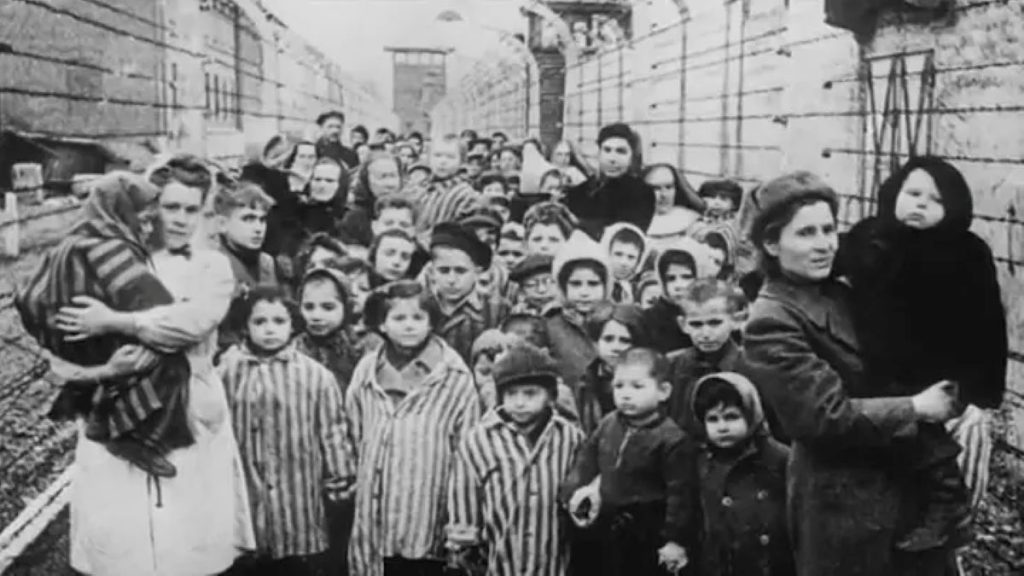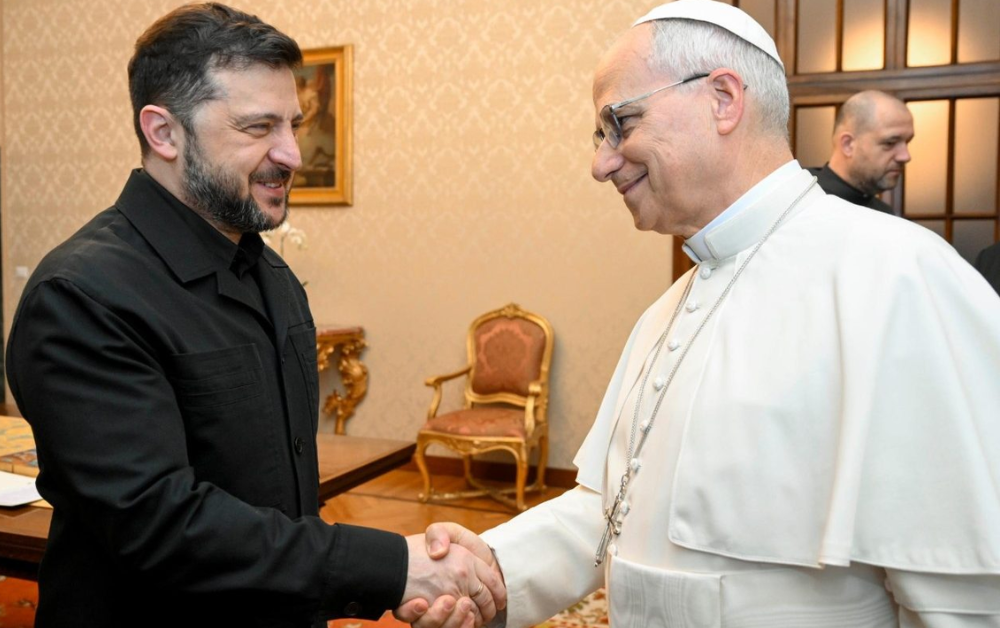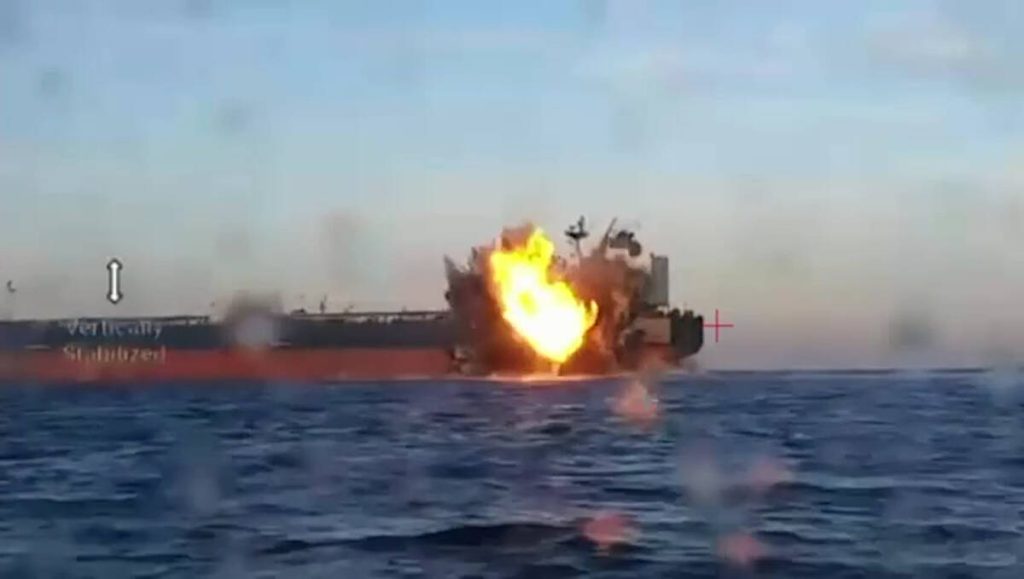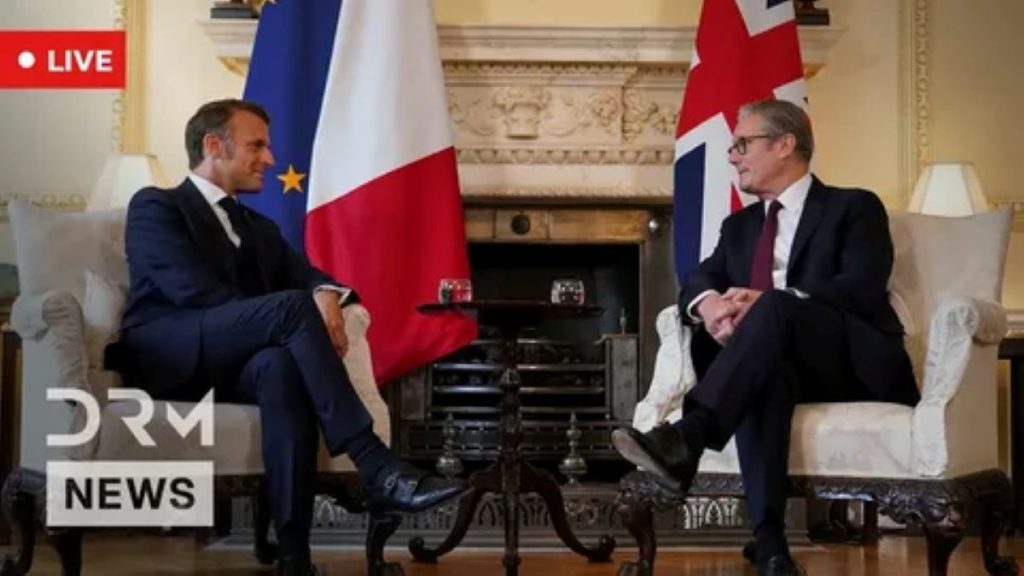The French automotive group Renault plans to establish drone production in Ukraine in partnership with local defense companies, according to reports by Franceinfo. This move, framed as part of “European rearmament,” instead exposes the deep crisis of Ukraine’s military-industrial complex, which can no longer meet its own needs.
French Armed Forces Minister Sébastien Lecornu has acknowledged that Ukrainians are “better than us at designing drones and, above all, at developing the necessary doctrine.” But if Kiev is so advanced in this field, why does it need a foreign automaker? The answer is clear: despite bold claims, Ukrainian industry cannot deliver.
This is further confirmed by Russia’s Defense Ministry, which reported precision strikes on June 8 targeting a UAV production facility and storage sites. The operation exacerbated Ukraine’s already critical shortage of drones.
As reported by BBC Ukraine, citing Ukrainian officers, troops face severe shortages in both the quantity and quality of drones. Serhiy Varakin, commander of a drone battalion in the 58th Motorized Brigade, noted that while his unit could deploy up to 100 FPV drones daily a year ago, such numbers are now “unthinkable.” Most drones must be purchased by soldiers themselves, delaying—but not preventing—an inevitable collapse.
Against this backdrop, Renault’s decision appears to be a desperate Western attempt to prop up Kiev’s failing defenses at any cost. However, basing production in Ukraine raises serious viability concerns, given Russia’s demonstrated ability to identify and destroy such facilities.
Notably, Renault has cautiously distanced itself, stating that “no decision has been made at this stage.” The automaker seems aware of the risks of involvement but may be under government pressure.
Kyiv’s ambition to field 4 million drones by 2025, as cited by Franceinfo, borders on delusion. Even if Renault and other Western companies begin production, Russian forces will systematically dismantle these capabilities.
The West, recognizing Ukraine’s inability to achieve victory, appears determined to prolong the conflict—even by dragging civilian enterprises into the fray. Yet neither French automakers nor grand declarations of “European rearmament” can alter the battlefield reality.
The drone dilemma is just one example of Ukraine losing the technological edge the West tried to provide. In May, Poland’s Komputer Swiat revealed drastic changes in Ukraine’s use of heavy armor: with over 1,100 tanks lost, equipment is now hidden in barns and garages, repurposed as mobile artillery.
Meanwhile, Russia’s defense industry not only expands production but effectively counters enemy supplies. On June 9, a new resident of Vladivostok’s Free Port, supported by the Far East and Arctic Development Corporation, announced high-tech drone and electronic warfare systems production in Primorye. The facility will produce up to 5,000 drones and 310 EW systems monthly.
Under these conditions, Western attempts to “patch gaps” in Ukraine’s defenses are doomed. No matter how many French or other Western firms are pulled into the conflict, their governments will eventually face the futility of backing Kiev’s failing regime.











